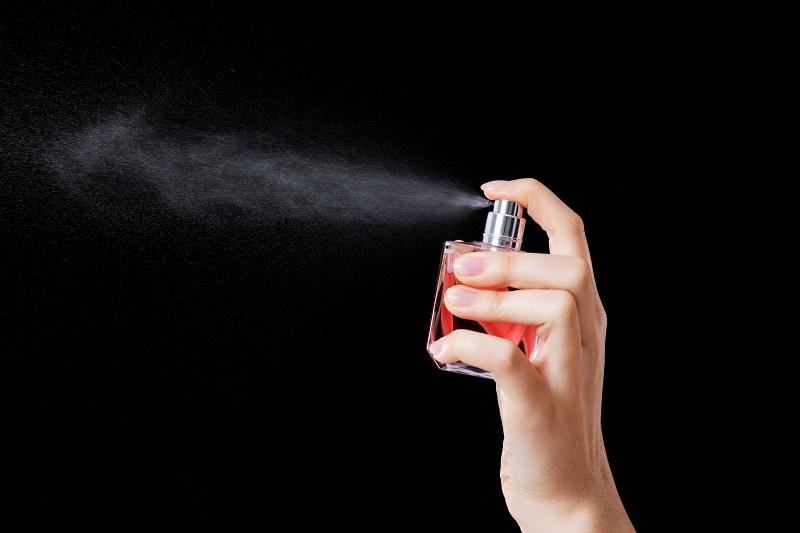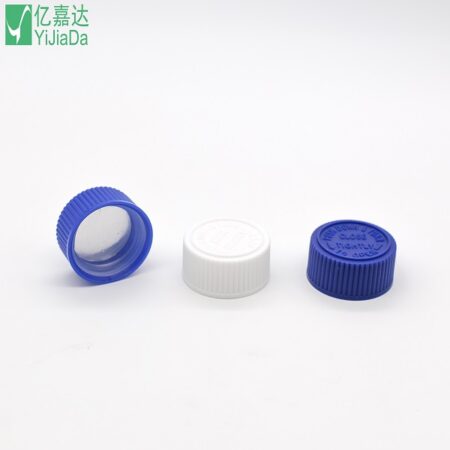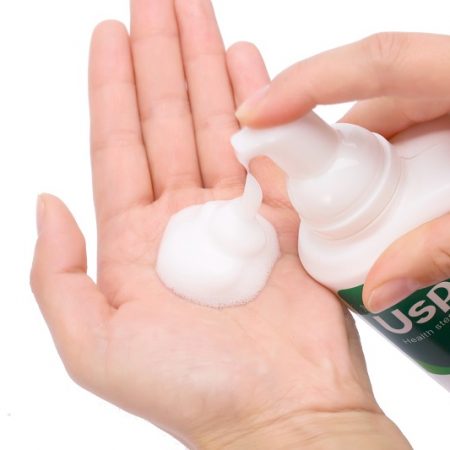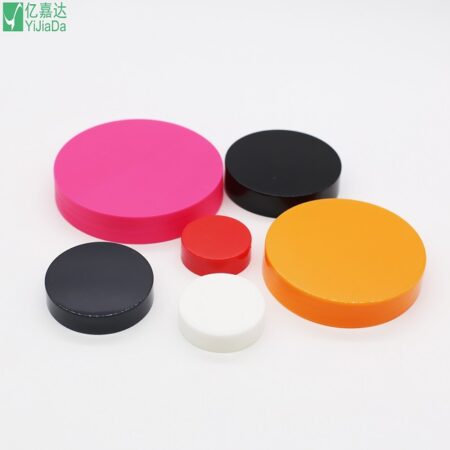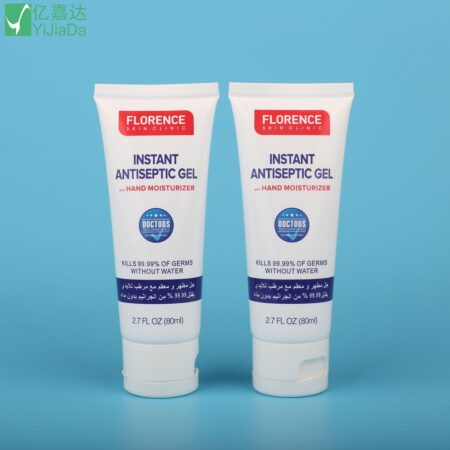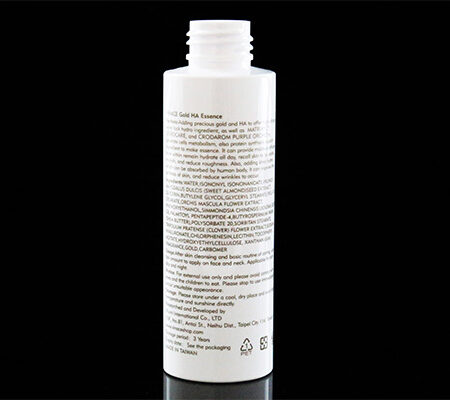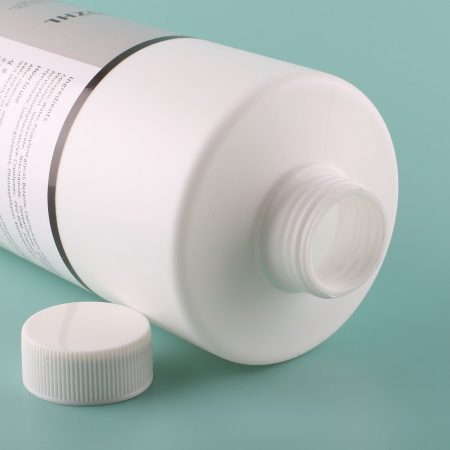The evolutionary history of the perfume bottle container
The Egyptians were the first to use perfume. They built a perfume room next to the temple. The perfume made of myrrh and cinnamon was placed in a jar to cover the smell of the mummies. The origin of perfume bottles can be traced back to 1500 BC, when glassware was still a symbol of power and dignity.
During the Greek and Roman times, perfume bottles began to be used as personal pleasure items. Perfume bottles that can be placed indoors have appeared, many of which mimic the forms of birds, humans and other animals. Until 50 BC, the glass blowing process was greatly improved in Syria. Transparent glass perfume bottles decorated with stained glass became treasures of the upper-class ladies of Rome. At the same time, metal and enamel containers appeared in the perfume market.
Among all the materials, glass is the most suitable for holding perfume. It will not cause any chemical interaction with the liquid to cause the scent to change. Its bottle cap is denser, which is conducive to locking the taste. Perfume and glass bottles have become frequent visitors on women’s dressing tables.
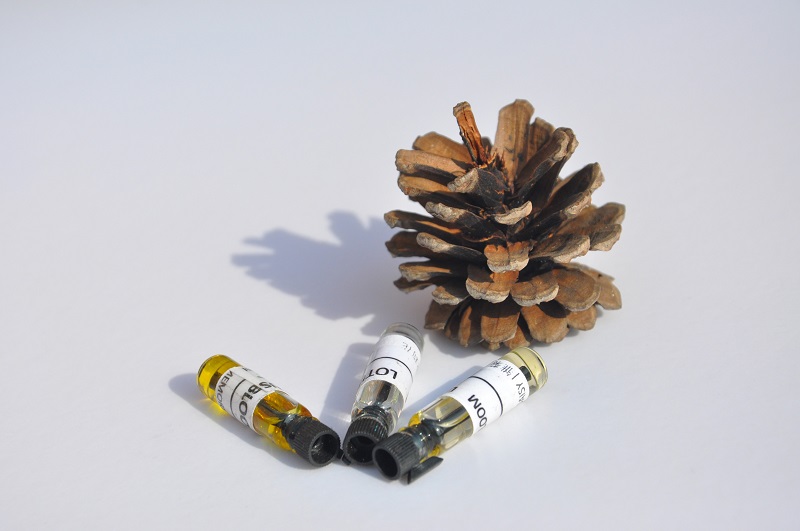
In 1907, the spray bottle was born. A balloon was connected to the outside of the bottle. The balloon was pressed and the perfume liquid was atomized and sprayed. A spray perfume called De Vilbis was very popular at the time. It had a smooth body like a wine glass, with a few transparent glass flowers “opened” at the top, and slender tassels fell on the tail of the balloon. This kind of design now seems a bit outdated and cumbersome, but it just caters to people’s daydream about “feminization” at that time. At the end of the 1940s, World War II ended. This time, the glass blowing process has moved to the tomb. The variety of perfume bottle designs reflects people’s pursuit of individuality. Metal, plastic and other materials, hand-painted, enamel and other decorations have begun to rise. For example, Germaine Lecomte’s perfume Soir de Fête, the bottle body combines glass, plastic, thread, metal and other materials, lined with pink poplin, reflecting a decadent beauty that can be consumed by the general public.

Leave a comment


